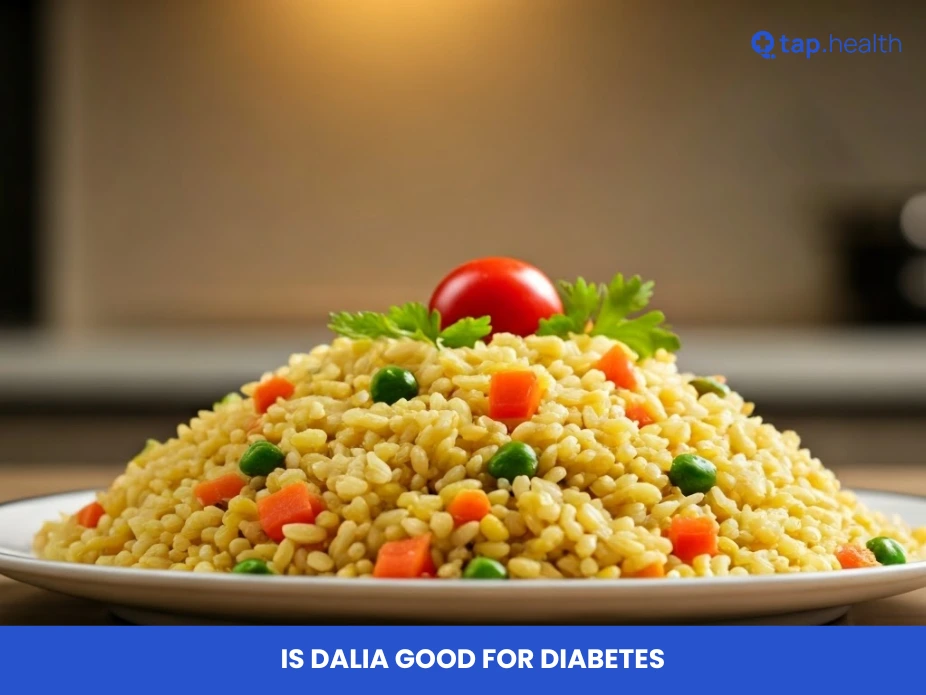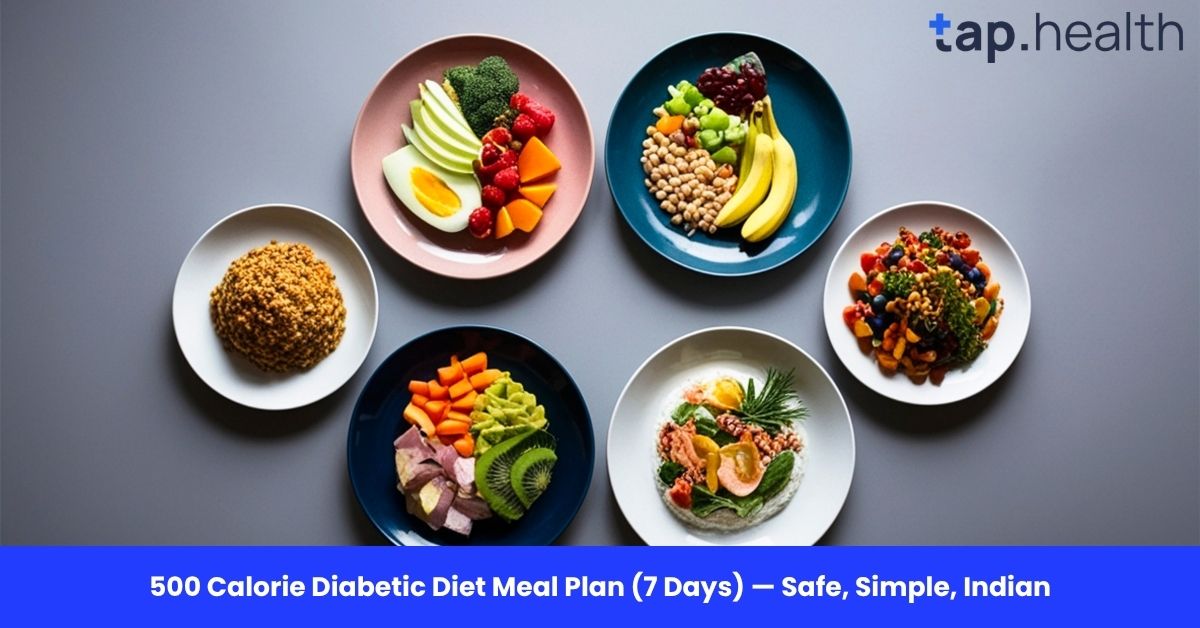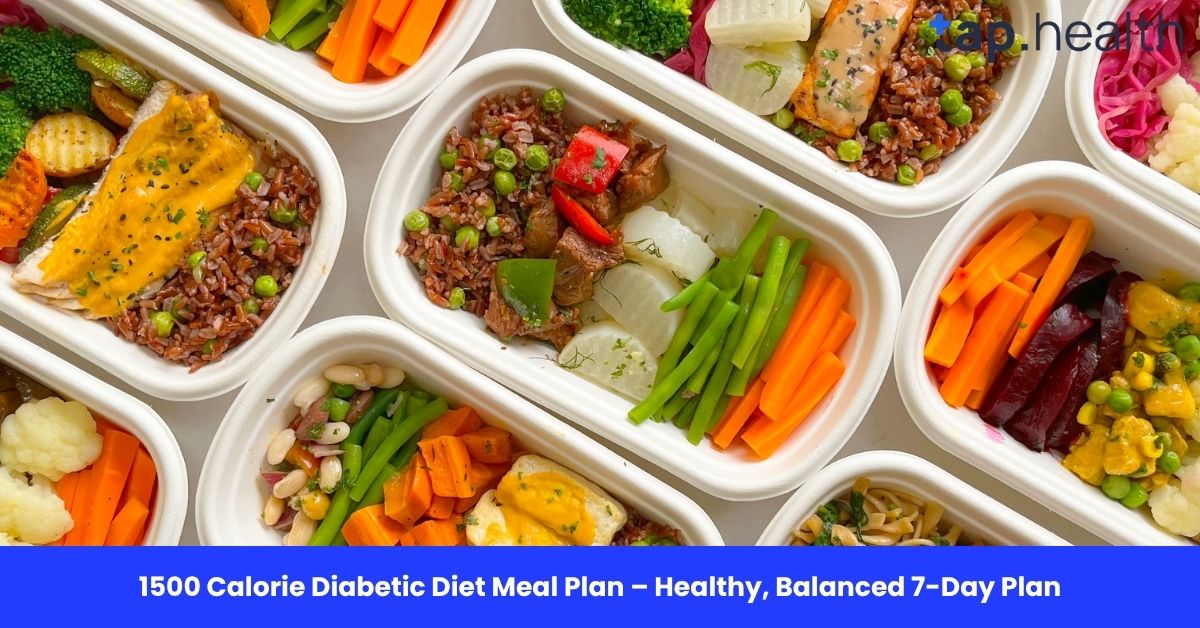Dalia, also known as cracked wheat, is a whole grain staple in Indian cuisine. It retains bran and germ, making it nutrient-rich. For people asking “is dalia good for diabetes,” it’s a versatile option due to its high fiber and complex carbs. Varieties include wheat dalia, barley dalia, and multigrain dalia. Barley dalia is best for diabetics with its lower glycemic index.
Dalia absorbs flavors well, used in upma, khichdi, or halwa. Its ease of preparation suits busy lifestyles while supporting blood sugar control.
Nutritional Breakdown of Dalia and Key Nutrients for Diabetics
Per 100g, dalia offers 60-70% carbs, 10g fiber, 12-15g protein, plus B-vitamins, iron, magnesium, and zinc.
- Dietary Fiber in Dalia: Slows glucose absorption, aids glycemic control.
- Complex Carbohydrates: Provide sustained energy, prevent spikes.
- Magnesium for Insulin Function: Enhances glucose metabolism.
- Zinc Role in Insulin Production: Supports secretion.
Compared to white rice (0.4g fiber, GI 73), dalia excels in fiber content for blood sugar levels.
Is Dalia Good for Diabetes? Potential Benefits Explained
Yes, dalia is good for diabetes in moderation. High fiber regulates blood sugar by slowing digestion. Benefits include:
- Blood Sugar Control with Dalia: Gradual glucose release.
- Weight Management: Promotes satiety.
- Heart Health: Lowers cholesterol via fiber and magnesium.
- Digestive Health: Prevents constipation.
Wheat dalia glycemic index is 48-58, low-moderate. Barley dalia has even lower GI, ideal for high blood sugar.
Which Dalia is Best for Diabetics: Wheat vs Barley Dalia
Barley dalia is superior for diabetes due to lower glycemic index of dalia variety and higher beta-glucan. Wheat dalia is still beneficial but pair with proteins. Avoid over-reliance; balance with veggies.
Side Effects and Risks of Dalia Consumption for Diabetics
Excess can cause bloating, gas from fiber overload, or weight gain from calories. Gluten in wheat dalia unsuitable for celiac. Nutrient imbalance if not varied. Stick to 1/2-1 cup cooked daily.
Diabetic-Friendly Dalia Recipes to Try
Savory Dalia Upma Recipe
- Roast 1 cup dalia.
- Sauté mustard, cumin, onion, ginger, chili, carrot, peas in 1 tbsp oil.
- Add 2 cups water, salt; cook covered.
- Garnish with coriander, lemon.
Low-fat, fiber-rich. Other ideas: Dalia khichdi, porridge with nuts, veggie patties, biryani substitute for rice.
How Dalia Influences Blood Sugar Levels and Glycemic Control
Fiber in dalia slows carb absorption, improving insulin sensitivity. Prevents spikes, reduces complications like nerve damage.
Comparing Dalia to Other Grains: Oats vs Dalia for Diabetic Breakfast
| Grain | Fiber (per 100g) | GI | Protein (per 100g) |
|---|---|---|---|
| Dalia | 10g | 48-58 | 12-15g |
| Oats | 10g | 55 | 16.9g |
| Quinoa | 7g | 53 | 14g |
| White Rice | 0.4g | 73 | 2.7g |
Oats edge in beta-glucan for cholesterol; dalia offers texture variety. Both great; rotate for nutrients.
Is Dalia Better than Roti for People with Diabetes?
Dalia wins with higher fiber, lower GI than whole wheat roti. Promotes fullness, better satiety. Roti fine in moderation with proteins.
Best Time to Eat Dalia for Maximum Benefits
Breakfast or lunch for sustained energy. Avoid large evening portions to prevent calorie surplus.
Creative Ways to Incorporate Dalia in a Diabetic Diet
- Porridge with fruits.
- Salad with veggies.
- Chilla pancakes.
- Soup base.
- Smoothie with yogurt.
- Stir-fry with lean protein.
Keeps diet enjoyable, supports adherence.
Expert Opinion on Dalia for Diabetes Management
Nutritionists like Dr. Ritu Sharma endorse dalia for low GI, fiber. Pair with lentils, veggies. Consult doctor for personalized plans.
FAQ: Common Questions on Dalia and Diabetes
1. Can dalia be consumed daily by diabetics?
Yes, 1/2-1 cup cooked, balanced with others.
2. Which is better for diabetics: oats or dalia?
Both; oats for beta-glucan, dalia for variety.
3. How is dalia good for diabetes?
Fiber slows glucose, sustains energy.
4. Ways to incorporate dalia into diabetes-friendly diet?
Porridge, salads, soups, upma, patties.
5. Glycemic index of dalia vs other grains?
48-58; lower than rice, similar to oats.
6. Best time to eat dalia?
Breakfast/lunch.
7. Does dalia increase blood sugar levels?
No in moderation; avoid added sugars.
8. How much dalia daily for diabetes?
1/2-1 cup cooked.
9. How to prepare dalia for diabetic patients?
Minimal oil, add veggies, no sugar.
10. Wheat dalia glycemic index?
48-58.
11. Disadvantages of eating dalia?
High carbs if overeaten, gluten issue.
12. Is barley dalia good for diabetes?
Yes, lower GI, more fiber.
13. Is dalia good for high blood pressure?
Yes, low sodium, fiber aids.
14. Is dalia good for kidney patients?
Moderate; low potassium, consult doctor.
15. Is oats good for diabetes?
Yes, low GI, beta-glucan.
16. Can we eat dalia in diabetes?
Yes, moderated.
17. Is wheat dalpor dalia good for diabetes?
Yes, fiber-rich.
18. Does dalia increase blood sugar?
Gradually, not spikes.
19. Which dalia is best?
Barley for diabetics.
20. Can diabetic patients eat dalia daily?
Yes, portion-controlled.
22. Oats or dalia for diabetics?
Both beneficial.
23. Is dalia better than roti?
Yes for GI, fiber.
24. Disadvantage of dalia?
Overeat risks digestion, calories.
25. Prepare dalia for diabetics?
Veggies, low oil.
26. Is dalia good for cholesterol?
Yes, binds LDL.
27. Is dalia good for weight loss?
Yes, satiety from fiber.
28. Is dalia good for high blood pressure?
Supports via fiber.
29. Wheat dalia glycemic index?
48-58.
30. Is dalia good for diabetes?
Yes, moderated.
32. Dalia is good for diabetes?
Controls sugar, aids health.
33. Is barley dalia good for diabetes?
Excellent, low GI.
34. Is dalia good for diabetic patients?
Yes, balanced.
35. Is wheat dalia good for diabetes?
Yes, stable sugar.
Conclusion: Dalia’s Role in Diabetes Management
Dalia is good for diabetes with its fiber, low-moderate GI, and nutrients. Incorporate via recipes, monitor portions. Consult professionals. References: Mayo Clinic, Harvard School of Public Health.



